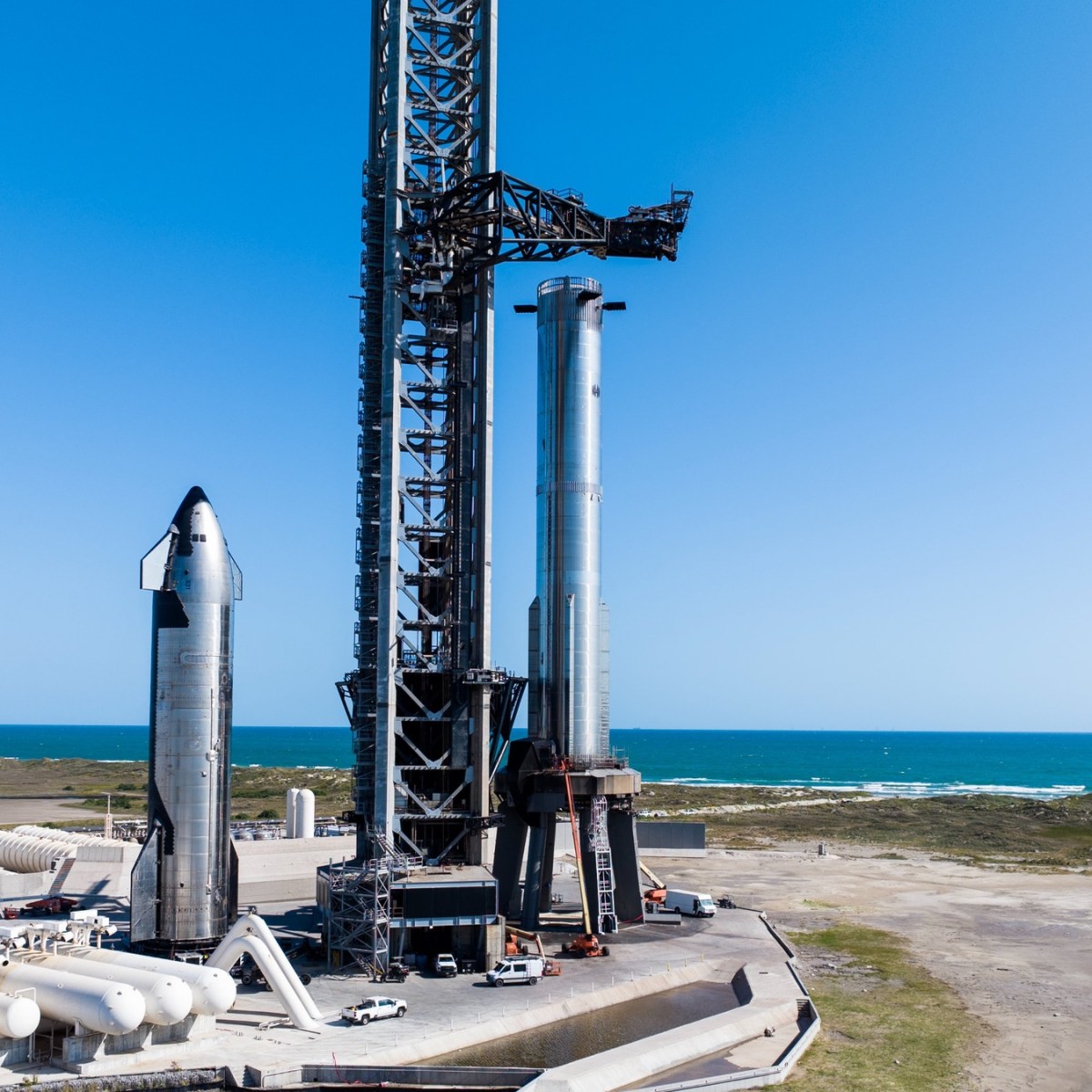FAA Advances with New Committee to Overhaul Launch Licensing Regulations
The Federal Aviation Administration (FAA) has initiated a significant step forward by forming a new committee to reevaluate and potentially overhaul launch licensing regulations, amid calls from industry leaders for substantial reforms. This move is considered crucial by many stakeholders, as the current regulatory framework has been a source of concern and contention within the aerospace sector.
Establishment of the SpARC Committee
On November 14, the FAA announced the creation of a specialized committee known as the Space Rulemaking Advisory Committee, or SpARC. This committee is tasked with scrutinizing and suggesting changes to the existing Part 450 rule that governs the licensing of space launches and reentries. The SpARC is on track to conduct its inaugural meeting in early December.
Kelvin Coleman, the FAA’s Associate Administrator for Commercial Space Transportation, emphasized the need for a regulatory update. "Our aim is to bring more clarity, flexibility, efficiency, and innovation to the licensing process," he stated. Coleman also highlighted that ensuring timely license approvals while maintaining public safety remains a critical objective.
Background of Part 450 Regulations
The Part 450 regulations were implemented in March 2021 following an expedited rulemaking process, initiated by the Space Policy Directive 2 under the first Trump administration. These regulations were designed to simplify the procedures for obtaining launch and reentry licenses. However, numerous companies have reported challenges in navigating the licensing process under these rules, leading to significant delays and confusion.
During a House Science Committee space subcommittee hearing on September 10, Part 450 was a focal point of discussion. Dave Cavossa, President of the Commercial Spaceflight Federation, voiced concerns about the current implementation of the regulations. "The way these are being implemented is causing severe licensing delays and confusion, jeopardizing our leadership position," he remarked.
Urgency for Regulatory Revisions
At a meeting of the Commercial Space Transportation Advisory Committee (COMSTAC) on September 16, Coleman announced plans to involve companies that have undergone the Part 450 licensing process in the SpARC. While the FAA has not yet disclosed the committee’s membership, it is actively inviting stakeholders to participate.
There is a pressing need to update the Part 450 regulations, as all existing licenses under older rules must transition to the new framework by March 2026. The SpARC is expected to deliver a final report with recommendations by late summer 2025, which the FAA will use to guide future regulatory revisions.
Coleman expressed a sense of urgency regarding the establishment of the SpARC. He acknowledged that the rapid development of the Part 450 regulations — completed in roughly two years compared to the typical five-year process — might have contributed to the issues companies are facing. The new rule represents a shift from prescriptive methods, where the FAA specified compliance procedures, to a more flexible approach that allows companies to develop their own solutions, provided they can demonstrate their effectiveness to the FAA.
Industry Concerns and Calls for Reform
SpaceX has been one of the most vocal critics of the Part 450 regulations. The company has encountered difficulties securing licenses for its Starship vehicle and has warned that the entire regulatory system could face collapse due to these challenges.
At the 31st Annual Baron Investment Conference on November 15, Gwynne Shotwell, President and Chief Operating Officer of SpaceX, shared the company’s struggles. Despite the Dragon spacecraft’s extensive flight history, SpaceX has been unable to obtain a Part 450 reentry license for it. "Imagine the struggle we face with Starship," she commented.
Shotwell argued that the current regulatory process is outdated, originating from a time when launches were less frequent. "I launch Falcon every two or two and a half days, and the regulations were not built to keep up with that pace," she explained.
She advocated for a fundamental shift in regulatory philosophy, suggesting that regulations should focus on desired outcomes rather than specific procedures. For instance, the goal of a launch like Starship should be to ensure a safe operation that does not endanger people. "These are simple concepts, yet the regulations are thousands of pages long," she noted.
The Path Forward
Shotwell acknowledged that achieving such sweeping reform would be a long-term endeavor. In the meantime, she indicated that SpaceX would continue navigating the regulatory landscape through waivers and guidance documents to operationalize the existing framework.
The FAA’s announcement of the SpARC committee has generated considerable interest and speculation, particularly regarding its timing. Some have wondered if it is connected to the incoming administration’s plans to form a "Department of Government Efficiency" aimed at reducing government spending and regulations, with Elon Musk, CEO of SpaceX, slated to co-chair the committee.
Regardless of any political implications, the FAA had already announced its intent to establish the Part 450 SpARC in February. During the September COMSTAC meeting, Coleman expressed anticipation that the SpARC would begin its work in the fall.
Conclusion
The establishment of the SpARC committee marks a pivotal moment in the evolution of space launch regulations. As the aerospace industry continues to grow and evolve, the need for a regulatory framework that balances safety with innovation and efficiency becomes increasingly critical. The work of the SpARC committee will be closely watched by industry stakeholders and policymakers alike, as it seeks to address the challenges and opportunities presented by the current regulatory environment.
For more Information, Refer to this article.

































